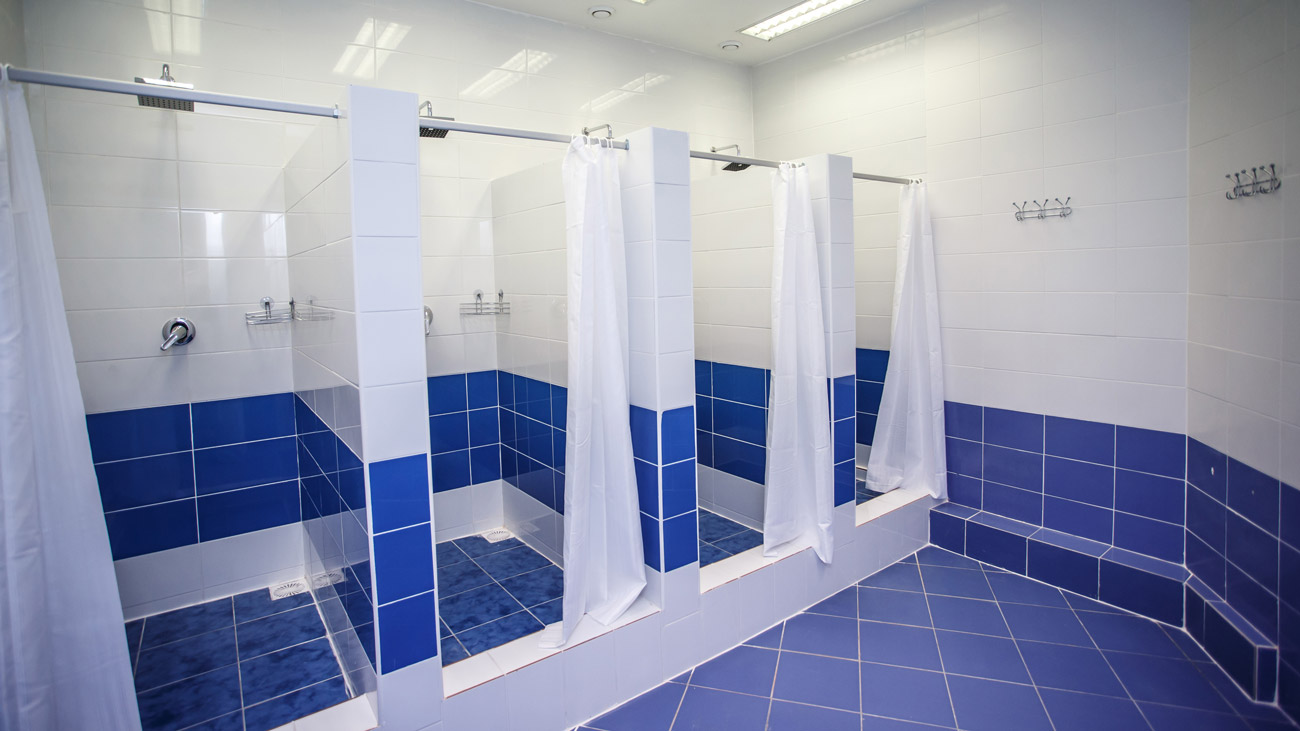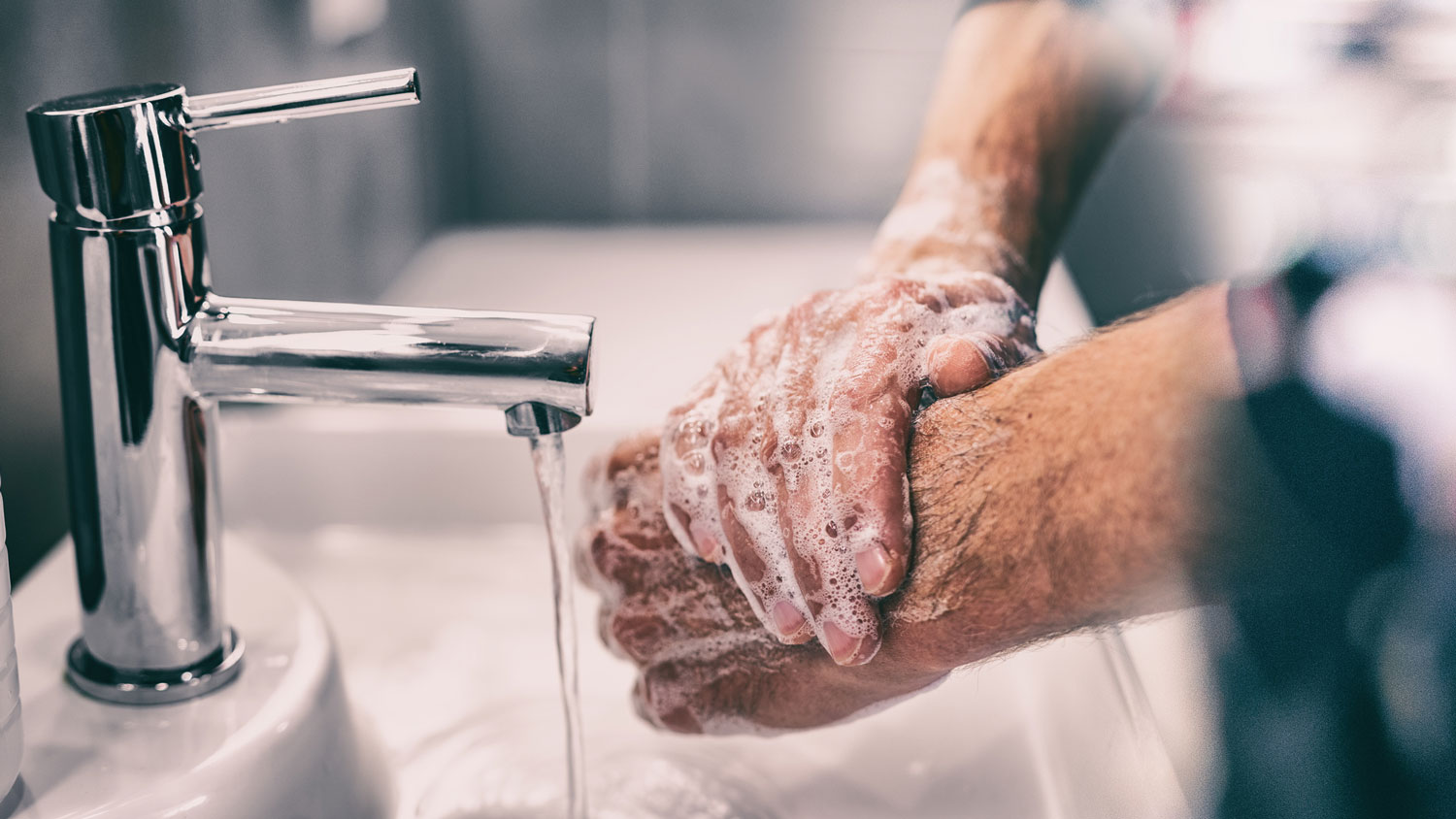
HSE issues guidance on legionella risks during the coronavirus pandemic
The HSE has published new guidance on the increased risk of Legionnaires Disease during the coronavirus pandemic.
If a building has been closed or has reduced occupancy during the COVID-19 pandemic, water system stagnation can occur due to lack of use, increasing the risks of Legionnaires’ Disease. The HSE is advising building owners to review their risk assessment and manage the legionella risks when they:
- reinstate a water system or start using it again; and/or
- restart some types of air conditioning units.
If the water system is still used regularly, the appropriate measures to be maintained to prevent legionella growth.
Hot and cold water systems
If hot and cold water outlets are used infrequently, flush them weekly to prevent water stagnation. If you cannot do this, work with your competent person or people to ensure systems are cleaned (if required) and disinfected before the building is occupied.
Cooling towers and evaporative condensers
You should have reviewed operations in advance and have existing plans in place to ensure safe systems of work continue during any shutdown. This includes ensuring that:
- adequately trained personnel are available to carry out essential checks and monitoring; and
- chemical supplies are maintained and dosed appropriately.
Air conditioning units
If your workplace has been closed for an extended period and has air conditioning units that have a source of water that can generate aerosol, you will need to assess the risks of legionella being present within them before restarting.
Commercial spa pools and hot tubs
If commercial spa pools and hot tubs are being used, you must maintain the existing control regimes. If they are not being used, you should drain, clean and disinfect them. You should also clean and disinfect them before reinstatement
Personal protective equipment (PPE) required for cleaning water systems
If you need to clean water systems it’s likely that respiratory protective equipment (RPE) will be needed.
RPE must:
- be adequate;
- be suitable; and
- provide an assigned protection factor of at least 20.
Disposable RPE, such as FFP3 respirators used by health and care workers, may be in short supply. If your usual types of RPE are unavailable, you can source alternatives as long as your risk assessment demonstrates they are suitable and adequate for workers and the task.
The Legionella Control Association has published guidance on managing water systems during the coronavirus pandemic.
The European Society of Clinical Microbiology and Infectious Diseases (ESCMID) Study Group for Legionella Infections (ESGLI) has also published guidance for managing Legionella during the coronavirus pandemic that you may find useful.
The Chartered Institute of Environmental Health has published guidance on legionella risks during the lockdown and reopening safely.




